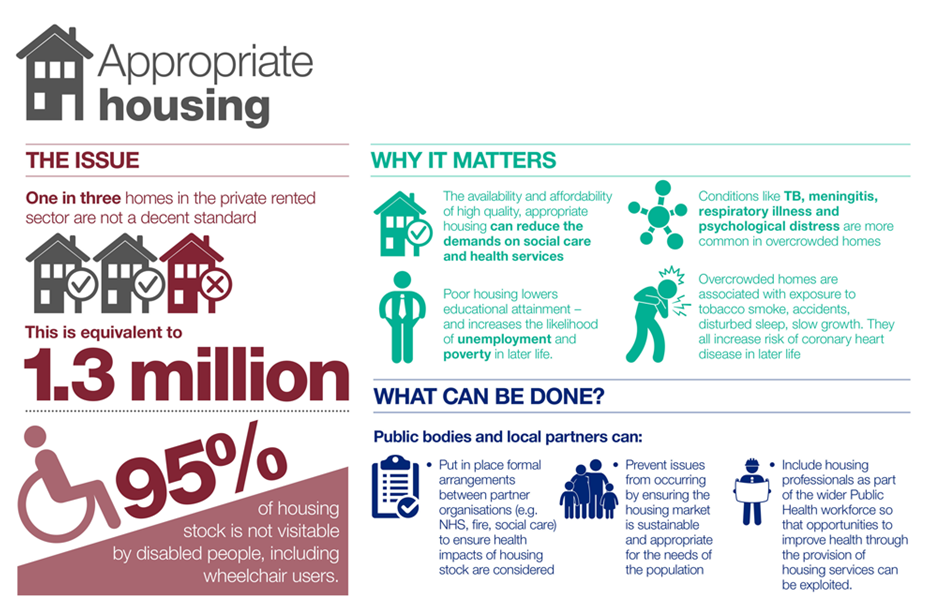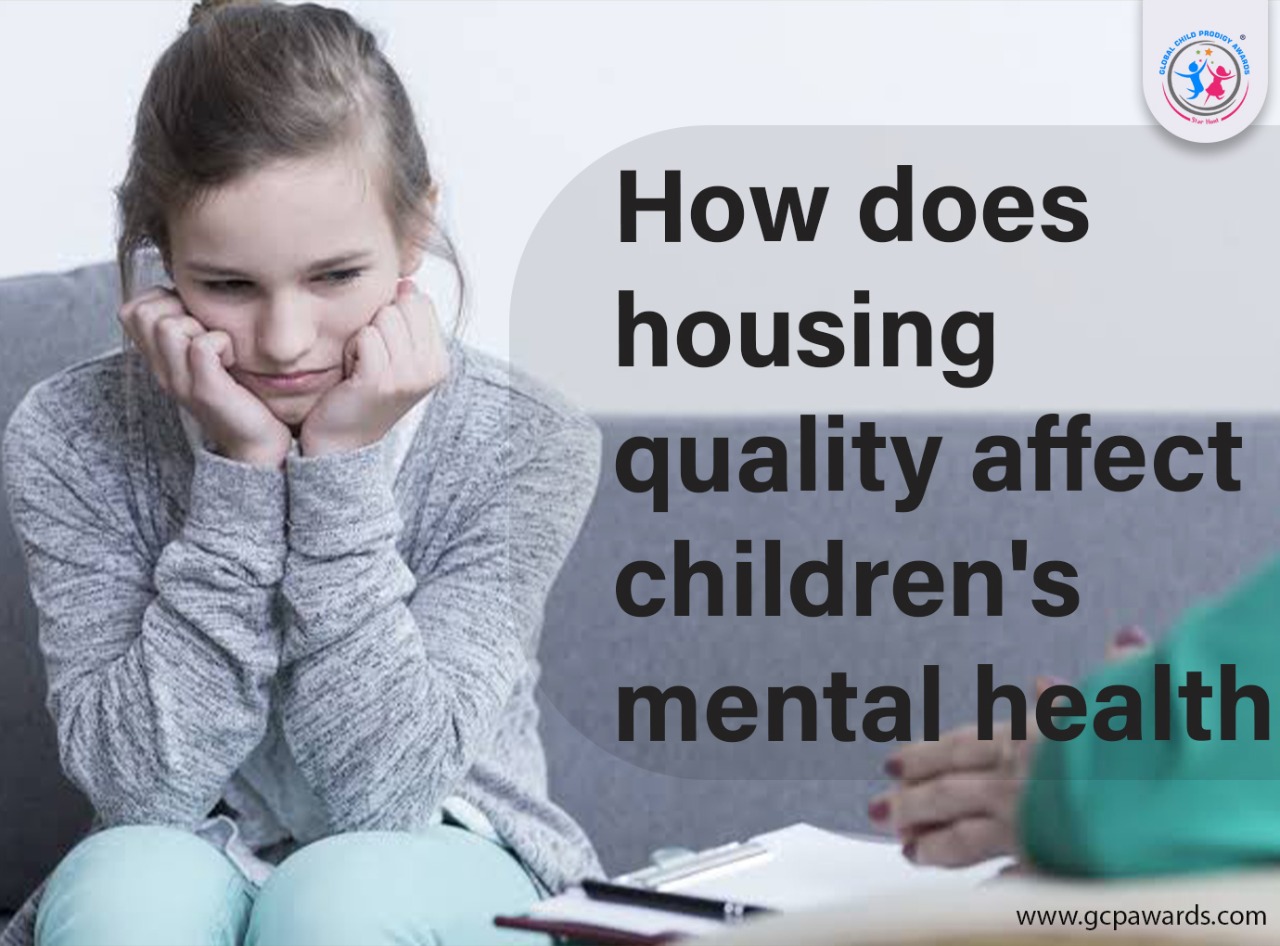Homes are where people expect to be safe, comfortable, and healthy. Homes are particularly safe spaces for young children as they spend more time there and undergo critical developmental periods at this time. Therefore, factors related to housing can help – or harm – health in major ways.
How does your living affect your health?
The link between individual health and our direct surroundings is obvious through simple observations. If you’re a hygienic person, your surroundings will be clean and organized, and that, in turn, will shape your mindset. At the same time, if you grew up witnessing violence and crime, you’re more likely to be involved in criminal activities. In such a way, our household, neighborhood, and the condition of our surroundings shape our physical and mental health.
“When your environment is clean, you feel happy, motivated and healthy.”
– Lailah Gifty Akita
Thus the link between health and the environment is a positive one – as one improves, so will the other and vice versa. In this article, we will briefly discuss how living conditions can impact a child’s mental wellbeing.
Healthy Homes = Healthy Children
Healthy homes promote good physical and mental health. Good health depends on having homes that are safe and free from physical hazards. In contrast, poor quality and inadequate housing contribute to health problems such as chronic diseases, injuries, and harmful effects on childhood development. For example :
- Lead poisoning affects brain and nervous system development, resulting in lower intelligence and reading disabilities.
- Low-quality housing such as water leaks, poor air quality, dirty carpets and pest infestation can lead to an increase in mold, mites and other diseases.
- Extreme temperatures are associated with increased risk of fatal diseases such as cardiovascular disease, especially among the elderly.
- Residential overcrowding has been linked both with physical illness, such as tuberculosis, respiratory infections, and psychological distress among adults and children.

In terms of the neighborhood, access to grocery stores selling fresh produce and having fewer neighborhood liquor stores and fast food outlets—can promote healthy choices. Social and economic conditions in the area may improve health by affording employment opportunities and public resources, including efficient transportation, a police force, and good schools.
Relationship between mental health and housing conditions
As mentioned above, several decades of research and observation have demonstrated how living conditions can directly affect children’s physical health. Similarly, poor housing can be equally destructive to their emotional, psychological, and behavioral health and development.

Poor living conditions can prevent children from engaging in playful and social activities beneficial to their cognitive, social, and emotional well-being. Researchers have also found that poor-quality housing may create stress for parents, increase their own mental health problems, and limit their ability to provide for their children. Children who lived with leaking roofs, exposed wires, pest infestation, and other problems were more likely to exhibit emotional and behavioral problems, which manifested through anxiety, depression, outwardly aggressive behaviors, and rule-breaking.
According to Habitat for Humanity, a study done by Professor Rebekah Levine Coley at Boston College illustrates that good housing is essential for children’s healthy development. Coley said, “Poor housing quality affected the emotional and behavioral development of the younger participants the most and had a strong negative impact on reading and math skills. Stress from living in poor conditions also contributed to negative outcomes.”. Such early exposure to stress and anxiety can lead to deep and long-term physiological consequences in children and adults.
Long-term consequences of poor-quality housing
Longitudinal research indicates that children of higher socioeconomic status (SES) have lower rates of mental health problems compared to children of low SES.
In the long term, having thousands of children living in poor-quality homes leads to detrimental effects for society. When housing problems contribute to children’s depressive or aggressive behavior, it can affect their peers, reduce school performance ratings, and decrease productivity. Furthermore, anxiety, depression, and aggression in children can lead to lifelong mental illness. The economic burden of mental illness is large: the Housing Matters Project estimates that by 2030, the global cost of mental illness will be over $6 trillion.
Need for immediate action
Research clearly indicates that poor living conditions can harm children’s physical health, mental well-being, and development and vice versa. Therefore, the lack of adequate housing needs to be addressed on a priority basis.

With decreasing access to clean water, food, and depleting resources due to climate change, we are globally struggling to provide adequate housing for growing populations. This calls for an emergency plea for action and partnerships with non-governmental organizations, urban planning, mental health service centers, and advocates worldwide.
Creative content developer at Global Child Prodigy Awards | Feel free to contact me at team@139.84.133.140

